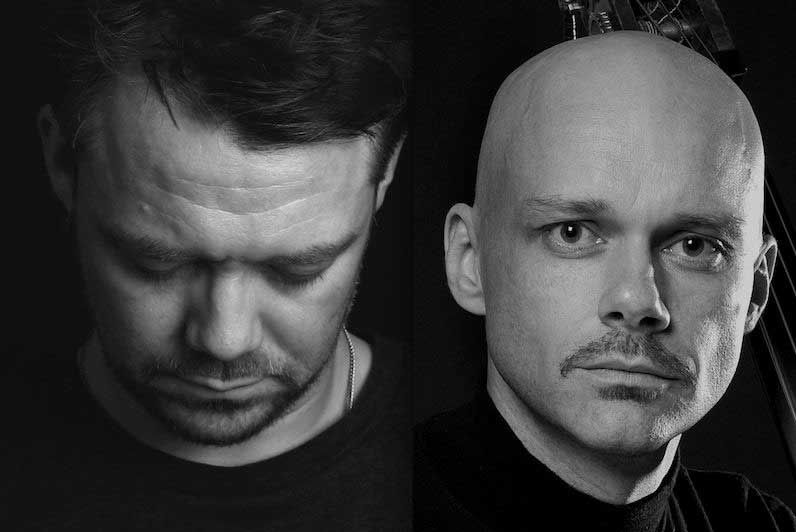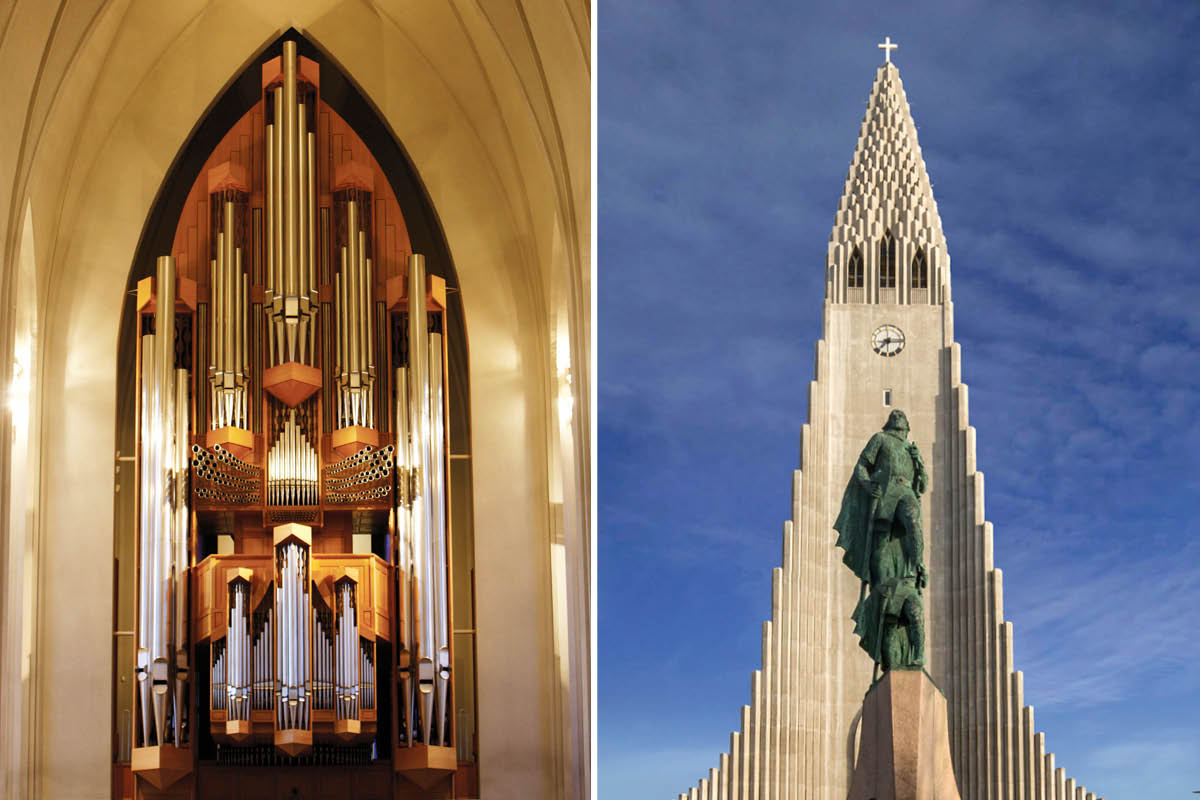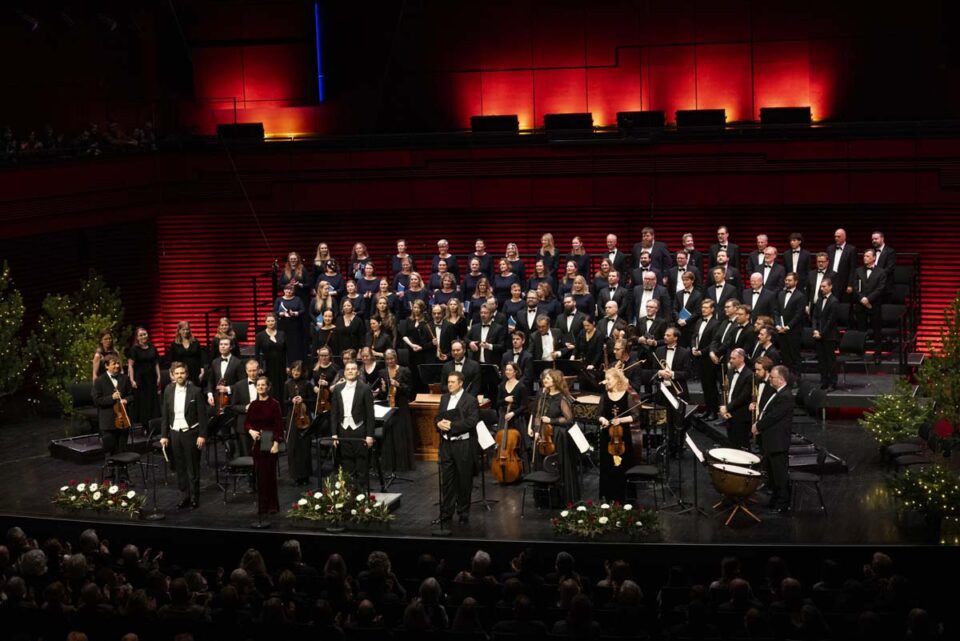
Þórir Jóhannsson double bass og Eyþór Ingi Jónsson organ
07/08/2017
FEAST OF HYMNS- HALLGRIMSKIRKJA – REYKJAVIK CULTURAL NIGHT AUGUST 19th 3-9 PM
15/08/2017THOMAS SHEEHAN Organ virtuous from HARVARD MEMORIAL CHURCH BOSTON at the International Organ Summer August 12 and 13
Thomas Sheehan
Organist at the HARVARD MEMORIAL CHURCH BOSTON
Saturday August 12th 2017 at 12 noon
Sunday August 13th 2017 at 5 pm
Thomas Sheehan is the Associate University Organist and Choirmaster at the Memorial Church at Harvard University and the Teaching Fellow and Accompanist for the Harvard Glee Club. Prior to these positions, he served on the music staff of Saint Mark’s Church in Philadelphia, PA and Trinity Episcopal Church in Princeton, NJ.
Tom is currently pursuing the Doctor of Musical Arts degree at Boston University, studying with Peter Sykes, and is a graduate of the Curtis Institute of Music, where he received diplomas in organ and harpsichord.
He received both the Master of Music and Bachelor of Music degrees from Westminster Choir College in Princeton, NJ, as a student of Ken Cowan. In 2009, he was awarded first prize in both the Arthur Poister National Competition in Organ Playing and the AGO/Quimby Regional Competition for the Mid-Atlantic Region (Region III). In July 2010 Tom performed at the National Convention of the American Guild of Organists in Washington, DC. He has performed as an organist throughout the United States and in Europe.
Saturday August 12th at 12 noon
Program:
Henry Cowell 1897–1965
Hymn and Fuguing Tune nr. 14, HC 900, 1962
Seth Bingham 1882‒1972 Roulade, op. 9, nr. 3, 1923
Florence Price 1887‒1953 Retrospection
An Elf on a Moonbeam, ca 1941
Leo Sowerby 1895‒1968 Pageant, 1931
Sunday August 13th 2017 at 5 pm
Program:
Stephen Paulus 1949–2014
King David‘s Dance, 2002
Leo Sowerby 1895‒1968 III Passacaglia
Úr / From: Symphony í G, 1930
Carson P. Cooman *1982 Scherzo for the Flutes,
op. 1193, 2017
Harold Rohlig 1926‒2014 XIII Sostenuto
XIV Allegro moderato
Úr / From: 15 Preludes for Organ, 1963
Gerre Hancock 1934‒2012
Improvisation on St. Clement, 1994
Úts./Arr.: Stephen Buzard *1989
Calvin Hampton 1938‒1984 Five Dances, 1981‒84
I The Primitives
II At the Ballet
III Those Americans
IV An Exalted Ritual
V Everyone Dance
About the program:
All of the organ music presented today was written by American composers. It is the performer’s hope that this wonderful yet relatively little-known repertory can become beloved around the world.
The Minnesota-based composer Stephen Paulus is best known for his very large choral and operatic output, but he wrote in many other genres as well. King David’s Dance is typical of many of his organ works: his signature added-note triadic harmonies are present here in addition to the alternation between thin-textured contrapuntal sections and sections with staccato block chords. The composer gave the work an inscription from the Second Book of Samuel, “David danced before the Lord with all his might.” This is reflected in the pedal part of the piece, with large leaps for the feet representing the joyful dance before the Ark of the Covenant. In the grand chorale-like penultimate section, Paulus quotes his own hymn tune “God With Me,” a setting of a Celtic invocation.
The passacaglia is a musical form based on a slow triple-meter dance. Over time, it has evolved into a form in which a bass line is repeated over time while different variations are played over it. This particular example, the final movement of Leo Sowerby’s organ symphony, treats the form somewhat freely, with the bass line sometimes transformed into a melody heard in an upper voice. Sowerby, known as the “dean of American church music” due to his importance as a composer, organist, and choir trainer, wrote this symphony while he was director of music at St. James Episcopal Church in Chicago, which was consecrated as the cathedral of the Diocese of Chicago later in Sowerby’s tenure there.
Harald Rohlig was born in Germany but became most famous as a musician after he moved to Alabama in his 20s. He taught for many years at Huntingdon College in Montgomery and wrote a huge number of pieces while on faculty there. His style was highly influenced by the neo-Baroque school, and is reminiscent of the music of other mid-twentieth century Germanic composers, including Hugo Distler, Paul Hindemith, and Jan Bender. This music is marked by an emphasis on clarity and order, and is a reaction against the perceived overly emotional nature of Romantic music. The thirteenth prelude makes special use of one of the signature sounds of the Klais organ of the Hallgrímskirkja, the Orlos stop, which is a horizontally-mounted reed stop with very short resonators, in the regal style.
Gerre Hancock is probably most well-known for his skill in organ improvisation. Having studied in France with Nadia Boulanger and Jean Langlais, he returned to the US and was made Organist and Master of the Choristers at the famed St. Thomas Church and Choir School in New York City, where his improvisations became a centerpiece of worship at the church. This piece, based on the English hymn tune St. Clement (“The day thou gavest, Lord, is ended”), is typical of what he called his “song-form.” The tune is stated in a straightforward manner first, heard again in a more decorated fashion, and then finally in a triumphant fortissimo version, before fading away again to beautiful ethereal chords. This piece is transcribed by Stephen Buzard, Director of Music at St. James Cathedral in Chicago, from Hancock’s album Fanfare.
The Five Dances of Calvin Hampton are based on a musical technique known as ostinato, in which a repeated pattern provides a formal underpinning for each movement. The first dance, “The Primitives,” uses an unyielding pattern in the left hand, with unpredictable syncopated rhythms in the pedals, to create a similar effect to the famous Rite of Spring by Stravinsky, which is certainly not coincidental. “At the Ballet” is much more gentle, using the quieter stops of the organ with a beautiful flute melody played at high pitch in the pedals, with a sense of walking on tiptoe created by the staccato notes played by the hands. “Those Americans” reflects Hampton’s love of more popular music genres, sounding like something that Stephen Sondheim could have written. “An Exalted Ritual” is minimalist in nature, with an almost meditative quality provided by the repeated quiet notes in the pedal and the spinning flute melody.
The finale, “Everyone Dance,” brings us back to the Stravinsky-influenced style of the first dance. The pounding rhythms grow in intensity until, with several pedal flourishes, the piece ends in a blaze of dissonant octatonic harmony that resolves to a triumphant C major chord.


